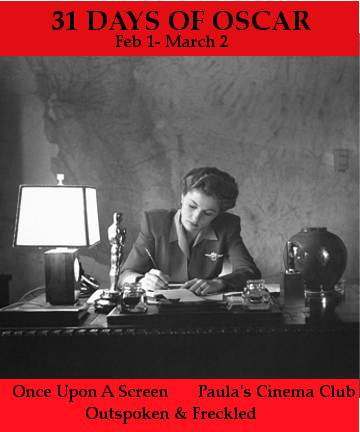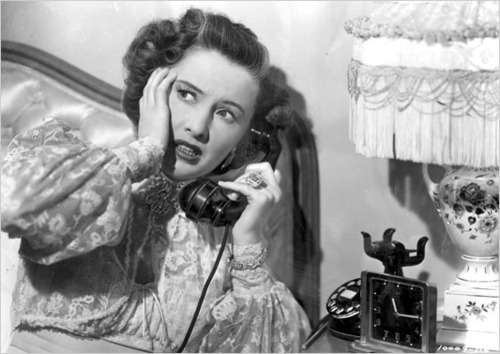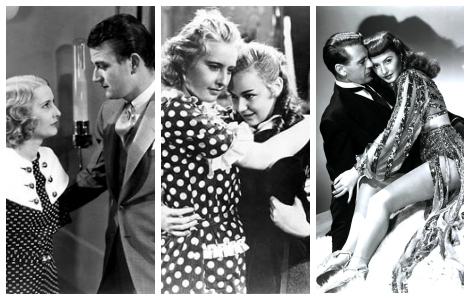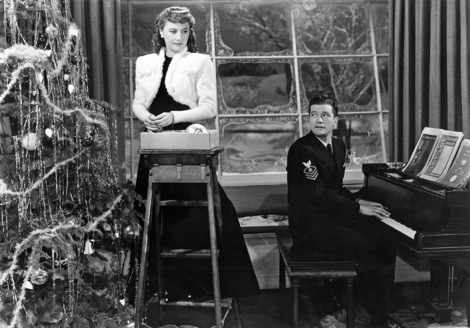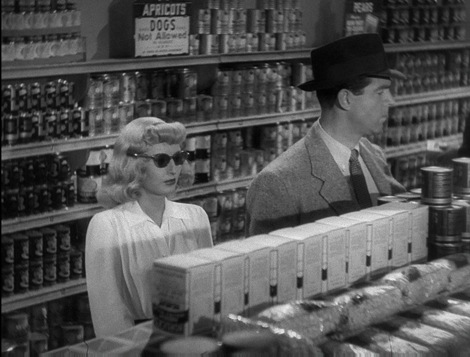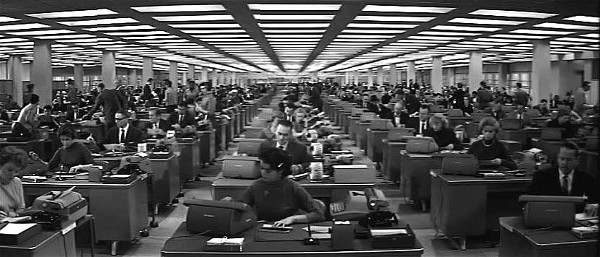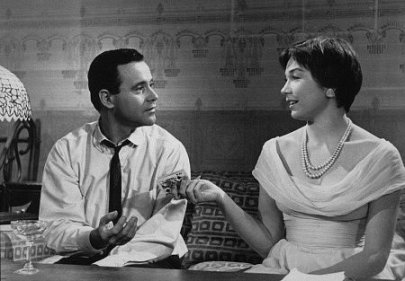Our 31 Days of Oscar blogathon wraps up with Week 5 posts — The Movies. I’ve been thinking about the Best Picture category a lot lately, since I read Movies Silently’s Week 2 post, The Silent Oscars, in which she highlighted Academy Award categories that were lost with the advent of sound films. Near the beginning of her very informative post, she writes:
The first Academy Awards had several categories that were never repeated. The best picture award was divided in two, best production (Wings) and most artistic (Sunrise). Frankly, I think dividing best picture into art film and crowd-pleaser would be an excellent idea today but what do I know? The best director category was likewise divided into best dramatic director (Frank Borzage) and best comedic director (Lewis Milestone).
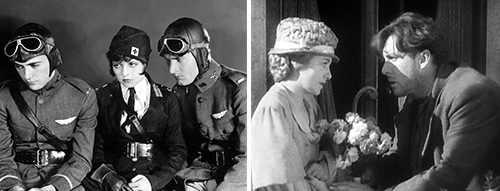
Such interesting ideas. What would two Best Picture and two Best Director categories look like?
Having 20 different nominated films might get complicated, so it’s quite possible the Academy would return to limiting the Best Picture categories to five each. Also there would probably be some films that get nominated for both Best Production and Most Artistic. For instance, I think last year’s Best Picture, Argo, qualified for both. Would it have gotten lost between plausible Best Production nominees Django Unchained and Silver Linings Playbook and Most Artistic shoo-in Beasts of the Southern Wild?

On the other hand, separating directors into Best Dramatic and Best Comedic categories would probably have helped Argo director Ben Affleck to get nominated the same year (that he wasn’t is still a staggering snub in my book), though I think Ang Lee still would have won. My money would have been on Playbook director David O. Russell in the Comedic category, would he have gotten into the dramatic category as well? Who else would have gotten nominated? Phil Lord and Chris Miller for 21 Jump Street possibly? It’s hilarious. Seth McFarlane for Ted? Jay Roach for The Campaign? Jason Moore for Pitch Perfect? Would these films then get nominated in a Best Production category? Or would those nominations go to effects-heavier movies?
I’m not sure, but I do know that comedy has long gotten short shrift from Oscar. And I also know the Academy has tried all sorts of tactics to increase viewership. Designating an actual category just for comedy direction places these films — and possibly their fans — at the core of the Academy Awards. Would it also alienate the base (if there is such a thing)? And, with the differentiation between drama and comedy in other categories, would it then be necessary to split up the acting and craft categories as well? The mind boggles…but it’s fun to think about.
This post is part of the second annual 31 Days of Oscar blogathon hosted by Paula’s Cinema Club, Outspoken and Freckled, and Once Upon a Screen. For more posts featuring Oscar snubs, visit the megapost at Outspoken and Freckled, and stay tuned for more Oscar-related posts throughout the month. Our blogathon gets its inspiration from Turner Classic Movies’ 31 Days of Oscar, “where every movie shown is an Oscar winner or nominee.”

